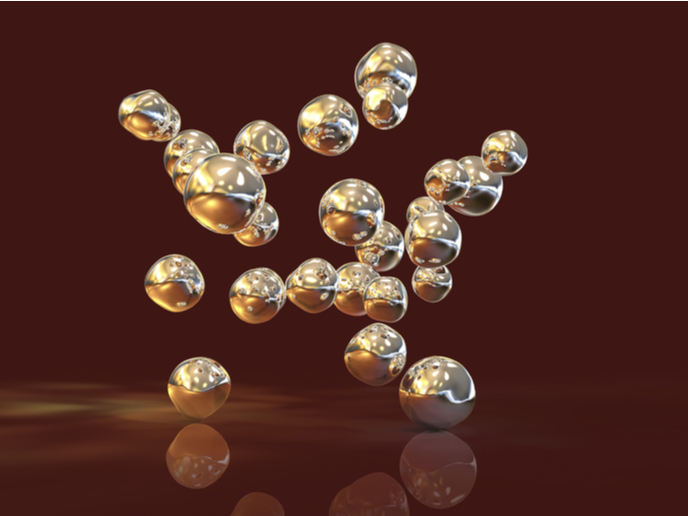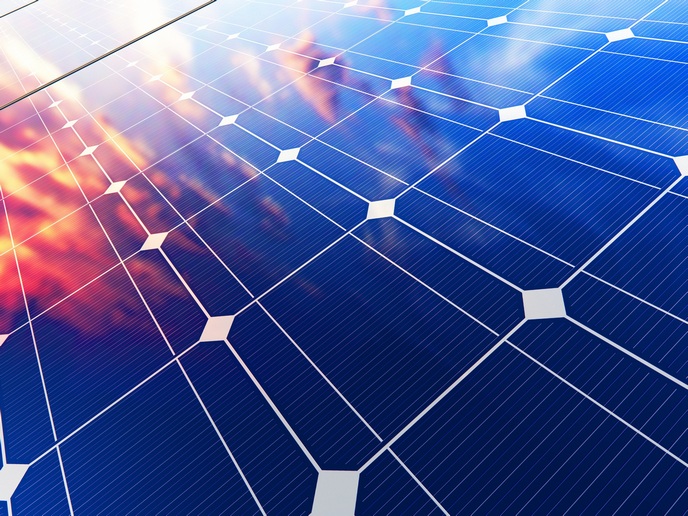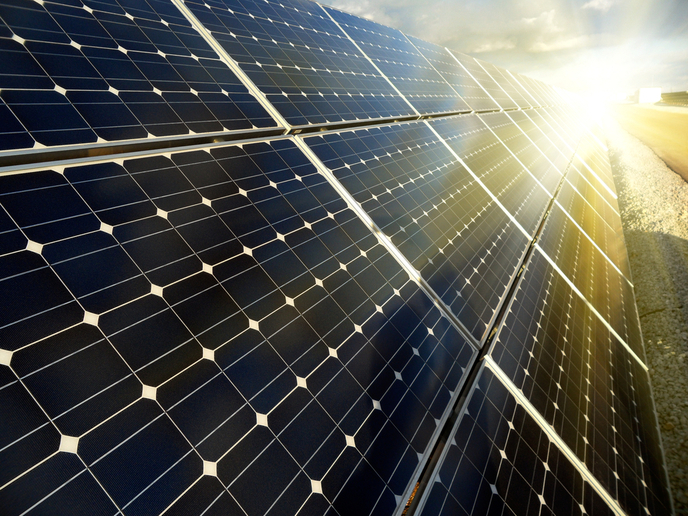Hybrid solar cell technology exploits both heat and light from the Sun
Absorber materials are key components to photovoltaic applications. Efficient solar cells require that light from all parts of the electromagnetic spectrum is harvested and converted into electricity. However, no sensitisers are yet known that have this capacity. The EU-funded project GLOBASOL(opens in new window) (Global solar spectrum harvesting through highly efficient photovoltaic and thermoelectric integrated cells) may have found a way around this issue by putting in synergy advanced concepts of light management and new optically active materials that harvest the spectrum of nearly all solar radiation. Researchers developed sensitised mesoscopic solar cells (SMSCs) employing organic and organometallic panchromatic dyes along with quasi-solid electrolytes that collect wavelength radiation up to 750 nm. Radiation in the 750-1 100 nm range was harvested by SMSCs based on quantum dots. Revolutionary photonic band gap structures amplify the absorption of red or near-infrared photons by the SMSCs. Being also transparent to lower-energy photons, these systems can be used as top cells in tandem arrangements to harvest a large fraction of solar emission. Long-wavelength radiation (above 1 100 nm) was exploited by thermoelectric devices. GLOBASOL developed new materials based on assembled quantum dots, nanowires or bulk alloys, with high figures of merit in the temperature range of 500-700 Kelvin. Scientists used tandem cell architectures and suitable optical devices – concentration lens or mirrors – for efficiently separating the light wavelengths and enhancing thermoelectric device performance. One project breakthrough was the development of highly efficient solid-state hybrid solar cells based on organometal trihalide perovskite absorbers. Simply by mixing salts of lead iodide and methylammonium iodide in a solution, the material naturally formed symmetric crystals, whose structure helps free electric charges once they are excited by sunlight. These crystals are seen as the next wave of materials for increasing energy conversion efficiency above 17 %. Integration of SMSCs and thermoelectric cells was performed carefully to maintain the high performances of the separated cells. The device's overall system conversion efficiency exceeded 28 %, which is well beyond the state of the art.







